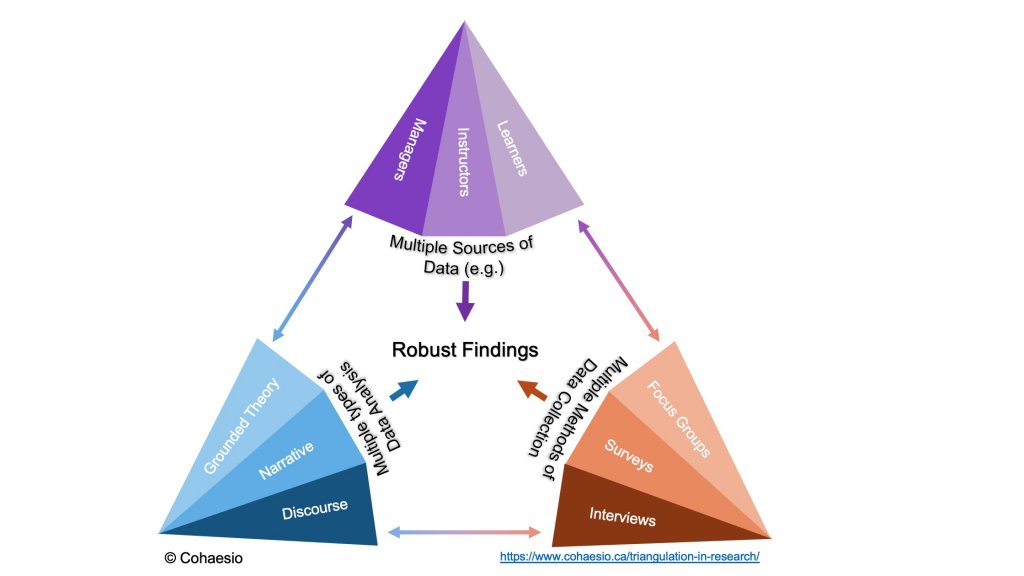Ngs Based Rna Sequencing Market Size & CAGR
The NGS-based RNA sequencing market is projected to reach a value of USD 2.5 billion in 2023, with a Compound Annual Growth Rate (CAGR) of 12% from 2023 to 2030. The forecast growth rate for the NGS-based RNA sequencing market from 2023 to 2030 is expected to be driven by the increasing adoption of personalized medicine, advancements in sequencing technologies, and rising prevalence of chronic diseases.
COVID-19 Impact on the Ngs Based Rna Sequencing Market
The COVID-19 pandemic has had a significant impact on the NGS-based RNA sequencing market. The outbreak led to disruptions in supply chains, delayed research projects, and decreased funding for healthcare initiatives. However, the pandemic also highlighted the importance of genomic research and personalized medicine, driving increased investments in NGS-based RNA sequencing technologies. As researchers continue to study the genetic variations of the virus and develop targeted therapies, the demand for NGS-based RNA sequencing is set to witness steady growth in the post-COVID era.
Ngs Based Rna Sequencing Market Dynamics
The NGS-based RNA sequencing market is influenced by various dynamics, including technological advancements, regulatory policies, funding initiatives, and collaborations between biotech companies and research institutions. Key drivers for market growth include the expanding application of NGS-based RNA sequencing in oncology, infectious diseases, and genetic disorders. However, challenges such as data analysis complexity, high implementation costs, and data privacy concerns restrain market expansion. Opportunities lie in the development of cloud-based bioinformatics solutions and the integration of artificial intelligence and machine learning algorithms to enhance data interpretation.
Segments and Related Analysis of the Ngs Based Rna Sequencing market
The NGS-based RNA sequencing market can be segmented based on technology, product, application, and end-user. By technology, the market is categorized into sequencing by synthesis, ion semiconductor sequencing, and nanopore sequencing. The products include instruments, reagents & consumables, software, and services. Applications of NGS-based RNA sequencing encompass gene expression profiling, transcriptome assembly, small RNA sequencing, and variant calling. End-users of these technologies include academic research institutes, pharmaceutical companies, biotechnology firms, and clinical laboratories.
Ngs Based Rna Sequencing market analysis report by Region
Asia Pacific Ngs Based Rna Sequencing market report
The Asia Pacific region holds significant potential for the NGS-based RNA sequencing market, driven by the increasing focus on precision medicine, genetic research, and government initiatives to enhance healthcare infrastructure. Countries like China, Japan, and South Korea are investing in genomics research and promoting collaborations between academia and industry to accelerate innovation in healthcare. Key players in the Asia Pacific NGS-based RNA sequencing market include BGI Genomics, Illumina Inc., and Thermo Fisher Scientific.
South America Ngs Based Rna Sequencing market report
The South American NGS-based RNA sequencing market is witnessing growth due to advancements in healthcare technology, increasing research activities in genetics, and a growing focus on personalized medicine. Brazil, Argentina, and Colombia are emerging as key markets for NGS-based RNA sequencing technologies. Key players in South America include Bio-Rad Laboratories, Qiagen, and Agilent Technologies.
North America Ngs Based Rna Sequencing market report
North America dominates the NGS-based RNA sequencing market, driven by the presence of key market players, well-established healthcare infrastructure, and government support for genomics research. The United States and Canada are key markets for NGS-based RNA sequencing technologies, with companies like Illumina, Thermo Fisher Scientific, and Oxford Nanopore Technologies leading the market.
Europe Ngs Based Rna Sequencing market report
Europe is a prominent market for NGS-based RNA sequencing, supported by robust regulatory frameworks, investments in research and development, and collaborations between academia and industry. Countries like Germany, the UK, and France are driving market growth in the region. Key players in Europe include Eurofins Scientific, F. Hoffmann-La Roche Ltd., and Agilent Technologies.
Middle East and Africa Ngs Based Rna Sequencing market report
The Middle East and Africa region are witnessing increasing adoption of NGS-based RNA sequencing technologies due to advancements in healthcare infrastructure, rising prevalence of genetic disorders, and government initiatives to promote precision medicine. Countries like Saudi Arabia, UAE, and South Africa are key markets in the region. Key players in the Middle East and Africa include Pacific Biosciences, Oxford Nanopore Technologies, and Takara Bio Inc.
Ngs Based Rna Sequencing market analysis report by Technology
The NGS-based RNA sequencing market can be analyzed based on different technologies such as sequencing by synthesis, ion semiconductor sequencing, and nanopore sequencing. Each technology offers unique advantages in terms of sequencing accuracy, throughput, and cost-effectiveness. Sequencing by synthesis is the most widely used technology in RNA sequencing due to its high sensitivity and scalability. Ion semiconductor sequencing is known for its rapid turnaround time and cost-effectiveness, making it suitable for a wide range of applications. Nanopore sequencing offers real-time sequencing capabilities and long-read lengths, enabling comprehensive analysis of RNA molecules.
Ngs Based Rna Sequencing market analysis report by Product
The NGS-based RNA sequencing market comprises a range of products including instruments, reagents & consumables, software, and services. The instruments segment includes sequencers, PCR machines, and sample preparation kits essential for RNA sequencing workflows. Reagents & consumables play a critical role in sample processing, library preparation, and sequencing reactions. Software solutions enable data analysis, interpretation, and visualization of sequencing results. Services such as sequencing services, bioinformatics support, and consulting services offer customized solutions for researchers and clinicians.
Ngs Based Rna Sequencing market analysis report by Application
NGS-based RNA sequencing finds diverse applications in gene expression profiling, transcriptome assembly, small RNA sequencing, and variant calling. Gene expression profiling determines the abundance of transcripts in a biological sample, providing insights into gene regulation and cellular functions. Transcriptome assembly involves reconstructing the entire transcriptome of an organism, aiding in gene annotation and discovery of novel transcripts. Small RNA sequencing focuses on small non-coding RNAs involved in gene regulation and RNA interference. Variant calling identifies genetic variations, mutations, and polymorphisms in the genome, enabling the study of genetic diseases, cancer, and evolutionary biology.
Ngs Based Rna Sequencing market analysis report by End-User
The end-users of NGS-based RNA sequencing technologies include academic research institutes, pharmaceutical companies, biotechnology firms, and clinical laboratories. Academic research institutes use RNA sequencing for basic research, drug discovery, and biomarker identification. Pharmaceutical companies leverage RNA sequencing for target validation, biomarker discovery, and personalized medicine. Biotechnology firms apply RNA sequencing for agricultural research, biofuel production, and genetic engineering. Clinical laboratories utilize RNA sequencing for diagnostic testing, disease monitoring, and therapeutic decision-making.
Key Growth Drivers and Key Market Players of Ngs Based Rna Sequencing market
The NGS-based RNA sequencing market is driven by key growth drivers such as the increasing focus on precision medicine, advancements in sequencing technologies, and rising demand for personalized healthcare solutions. Key market players operating in the NGS-based RNA sequencing market include Illumina Inc., Thermo Fisher Scientific, Oxford Nanopore Technologies, Pacific Biosciences, and Qiagen. These companies are at the forefront of innovation, offering cutting-edge sequencing platforms, bioinformatics tools, and comprehensive sequencing services to cater to the evolving needs of researchers and clinicians.
- Illumina Inc.
- Thermo Fisher Scientific
- Oxford Nanopore Technologies
- Pacific Biosciences
- Qiagen
Ngs Based Rna Sequencing market trends and future forecast
The NGS-based RNA sequencing market is witnessing several trends that are shaping its future growth trajectory. These trends include the increasing adoption of single-cell RNA sequencing, the emergence of long-read sequencing technologies, the integration of AI and machine learning in data analysis, and the development of cloud-based bioinformatics platforms. Future forecasts project continued growth in the NGS-based RNA sequencing market, driven by advancements in sequencing technologies, expanding applications in clinical diagnostics, and the growing demand for personalized medicine solutions.
Recent happenings in the Ngs Based Rna Sequencing Market
Recent developments in the NGS-based RNA sequencing market include collaborations between academia and industry to accelerate research, the launch of innovative sequencing platforms with enhanced throughput and accuracy, and the integration of novel bioinformatics tools for data analysis. Key players are investing in R&D to develop next-generation sequencing technologies, expand their product portfolios, and tap into emerging markets. These developments reflect the dynamic nature of the NGS-based RNA sequencing market, driven by innovation, strategic partnerships, and technological advancements.



